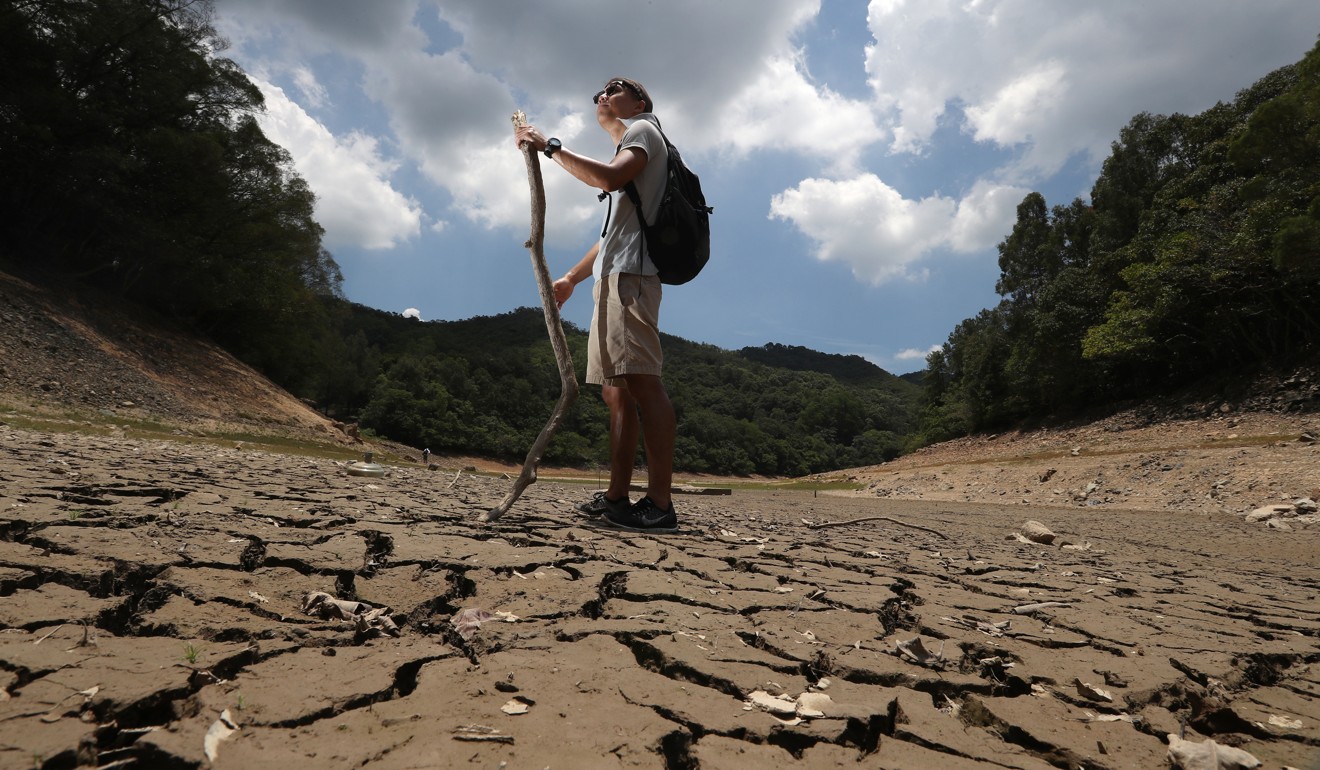
Record May temperatures just the beginning for Hong Kong as global warming means heatwave will be new normal, forecaster says
- City broke 10 temperature records this year as it baked through highest number of ‘very hot’ days
- Warmest spring since 1885, maximum temperature of 35.4 degrees Celsius, while weather warning ran for 348 hours
Hong Kong broke 10 temperature records this year, all of which happened in May, and according to the Observatory global warming means the city can expect more of the same in the years to come.
The city recorded the highest mean maximum temperature in the first half of this year, sweated through the highest number of “very hot” days in May, and baked through the longest hot weather warning since record keeping began in 1884.
City residents are also facing a warmer winter, with higher chances of rain due to the onset of the El Nino effect, the official forecaster predicted.

“With global warming, we can expect that such record breaking events will continue to happen,” said Observatory chief Shun Chi-ming.
It was the city’s warmest spring since 1885, with a mean maximum temperature of 27.7 degrees Celsius (81.86 Fahrenheit), just surpassing the previous record of 27.5 degrees in 1977.
The month of May was “exceptionally hot and dry”, due to the dominance of a more intense upper-air anticyclone over the northern part of the South China Sea.
Southwesterly winds over the south China coast were weaker than normal, meaning that it brought less rain to the city, the forecaster said.
The hottest day of the month was on May 30, when the mercury hit a maximum temperature of 35.4 degrees. The monthly mean temperature was 28.3 degrees, the highest ever on record for May.
There were a total of 16 “very hot” days, when the daily maximum temperature surpassed 33 degrees. During that period, it ran consecutively for 15 days, the longest ever streak for the month.

The very hot weather warning was in force for the longest since records began in 2000, clocking a total of 348 hours. The last time the warning had such a long run was for 286 hours and 10 minutes between July and August in 2007.
The city also experienced a long dry spell during the first five months of the year, with only 175mm of rainfall recorded – the second lowest level since 1963.
However, despite an unusually balmy May, it is not likely that 2018 will go down in the books as the warmest year to date.
As of the end of November, the mean maximum temperature was 27.1 degrees, the third warmest on record. There were a total of 36 “very hot” days so far this year, making it the third highest number ever.
This winter is expected to be warmer than the last with fewer cold days – defined as when temperatures drop below 12 degrees. There were 21 cold days last year.
Heatwave left city’s poorest reduced to tears and fighting off depression
“The El Nino effect will develop, therefore it is expected there will be a normal to high amount of rain and a normal to high temperature levels,” Shun said. “The El Nino effect will sustain for a period of time, although we don’t see it being very strong.”
An El Nino effect occurs when warm water accumulated in the western Pacific shifts east with the weakening or reversal of westerly winds, causing the eastern Pacific to warm up. A La Nina effect brings the opposite.
Separately, the Observatory said it was working on launching a Greater Bay Area website by next March. It would forecast the weather for Hong Kong, Macau and nine Guangdong cities by consolidating data from official forecasters in Guangdong and Macau.
Another project in the pipeline was to launch an app version of a website that shows an interactive map of the amount of heavy rain and flooding recorded across different districts.

